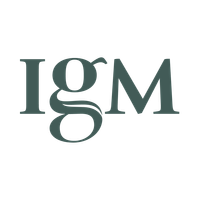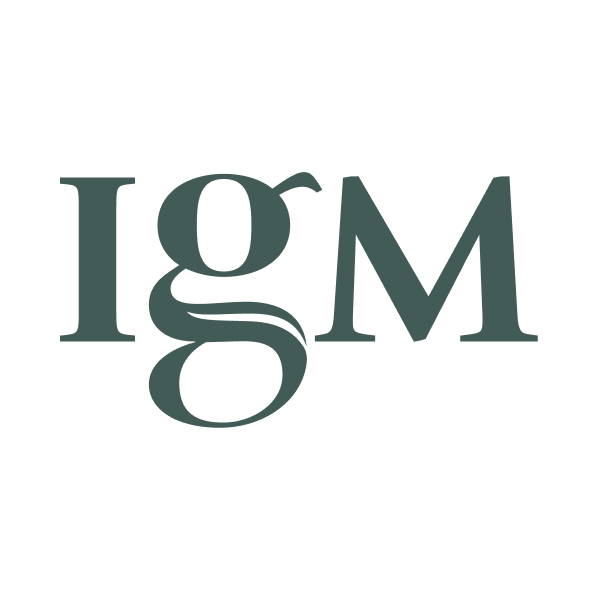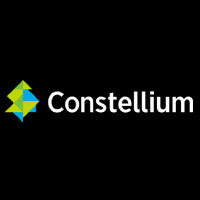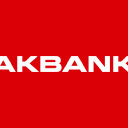
IGM Financial Inc
TSX:IGM


| US |

|
Johnson & Johnson
NYSE:JNJ
|
Pharmaceuticals
|
| US |

|
Berkshire Hathaway Inc
NYSE:BRK.A
|
Financial Services
|
| US |

|
Bank of America Corp
NYSE:BAC
|
Banking
|
| US |

|
Mastercard Inc
NYSE:MA
|
Technology
|
| US |

|
UnitedHealth Group Inc
NYSE:UNH
|
Health Care
|
| US |

|
Exxon Mobil Corp
NYSE:XOM
|
Energy
|
| US |

|
Pfizer Inc
NYSE:PFE
|
Pharmaceuticals
|
| US |

|
Palantir Technologies Inc
NYSE:PLTR
|
Technology
|
| US |

|
Nike Inc
NYSE:NKE
|
Textiles, Apparel & Luxury Goods
|
| US |

|
Visa Inc
NYSE:V
|
Technology
|
| CN |

|
Alibaba Group Holding Ltd
NYSE:BABA
|
Retail
|
| US |

|
JPMorgan Chase & Co
NYSE:JPM
|
Banking
|
| US |

|
Coca-Cola Co
NYSE:KO
|
Beverages
|
| US |

|
Walmart Inc
NYSE:WMT
|
Retail
|
| US |

|
Verizon Communications Inc
NYSE:VZ
|
Telecommunication
|
| US |

|
Chevron Corp
NYSE:CVX
|
Energy
|
Utilize notes to systematically review your investment decisions. By reflecting on past outcomes, you can discern effective strategies and identify those that underperformed. This continuous feedback loop enables you to adapt and refine your approach, optimizing for future success.
Each note serves as a learning point, offering insights into your decision-making processes. Over time, you'll accumulate a personalized database of knowledge, enhancing your ability to make informed decisions quickly and effectively.
With a comprehensive record of your investment history at your fingertips, you can compare current opportunities against past experiences. This not only bolsters your confidence but also ensures that each decision is grounded in a well-documented rationale.
Do you really want to delete this note?
This action cannot be undone.

| 52 Week Range |
39.95
60.57
|
| Price Target |
|
We'll email you a reminder when the closing price reaches CAD.
Choose the stock you wish to monitor with a price alert.

|
Johnson & Johnson
NYSE:JNJ
|
US |

|
Berkshire Hathaway Inc
NYSE:BRK.A
|
US |

|
Bank of America Corp
NYSE:BAC
|
US |

|
Mastercard Inc
NYSE:MA
|
US |

|
UnitedHealth Group Inc
NYSE:UNH
|
US |

|
Exxon Mobil Corp
NYSE:XOM
|
US |

|
Pfizer Inc
NYSE:PFE
|
US |

|
Palantir Technologies Inc
NYSE:PLTR
|
US |

|
Nike Inc
NYSE:NKE
|
US |

|
Visa Inc
NYSE:V
|
US |

|
Alibaba Group Holding Ltd
NYSE:BABA
|
CN |

|
JPMorgan Chase & Co
NYSE:JPM
|
US |

|
Coca-Cola Co
NYSE:KO
|
US |

|
Walmart Inc
NYSE:WMT
|
US |

|
Verizon Communications Inc
NYSE:VZ
|
US |

|
Chevron Corp
NYSE:CVX
|
US |
This alert will be permanently deleted.
IGM Financial Inc
IGM Financial Inc., a cornerstone in the Canadian financial landscape, is deeply entrenched in the world of wealth and asset management. Founded in 1978 and headquartered in Winnipeg, Manitoba, the company’s journey is a testament to strategic foresight and adaptability in a constantly evolving financial sector. As part of the Power Corporation of Canada's network, IGM Financial leverages its robust relationships and industry acumen to deliver comprehensive financial planning and asset management services through its subsidiaries—Investors Group, Mackenzie Financial, and Investment Planning Counsel. These pillars collectively serve a diverse clientele ranging from individual investors to large institutions, underscoring IGM's commitment to tailored financial solutions.
The revenue streams of IGM Financial are intricately tied to its core business of managing assets and providing financial advice. Through Investors Group, it offers a suite of financial products, including mutual funds, mortgages, and insurance solutions, capturing a significant share of the market by fostering long-term relationships with clients. Mackenzie Financial propels IGM's influence further by focusing on broader asset management strategies, appealing to both retail and institutional investors with an array of investment products and services. Meanwhile, the Investment Planning Counsel delivers directly to independent financial advisors, expanding IGM's reach and solidifying its position as a key player in wealth management. By earning fees and commissions on managed assets, coupled with performance-related incentives, IGM Financial crafts a resilient revenue model that thrives on both stability and growth potential.

IGM Financial Inc., a cornerstone in the Canadian financial landscape, is deeply entrenched in the world of wealth and asset management. Founded in 1978 and headquartered in Winnipeg, Manitoba, the company’s journey is a testament to strategic foresight and adaptability in a constantly evolving financial sector. As part of the Power Corporation of Canada's network, IGM Financial leverages its robust relationships and industry acumen to deliver comprehensive financial planning and asset management services through its subsidiaries—Investors Group, Mackenzie Financial, and Investment Planning Counsel. These pillars collectively serve a diverse clientele ranging from individual investors to large institutions, underscoring IGM's commitment to tailored financial solutions.
The revenue streams of IGM Financial are intricately tied to its core business of managing assets and providing financial advice. Through Investors Group, it offers a suite of financial products, including mutual funds, mortgages, and insurance solutions, capturing a significant share of the market by fostering long-term relationships with clients. Mackenzie Financial propels IGM's influence further by focusing on broader asset management strategies, appealing to both retail and institutional investors with an array of investment products and services. Meanwhile, the Investment Planning Counsel delivers directly to independent financial advisors, expanding IGM's reach and solidifying its position as a key player in wealth management. By earning fees and commissions on managed assets, coupled with performance-related incentives, IGM Financial crafts a resilient revenue model that thrives on both stability and growth potential.
Record Earnings: IGM reported an all-time high adjusted EPS of $1.27 for the quarter, up over 23% year-over-year, demonstrating strong core business momentum.
Asset Growth: Assets under management and advisement (AUM&A) reached record levels, with IG Wealth ending the quarter at $156 billion, up 14% versus last year.
Strong Net Inflows: IG Wealth and Mackenzie combined achieved $2.4 billion in net inflows, with positive flows in both retail and institutional channels.
Strategic Investments: WealthSimple and Rockefeller continued to deliver significant growth, adding value to IGM’s portfolio; WealthSimple surpassed $100 billion in AUA.
Capital Return Focus: Management signaled that returning capital to shareholders will be a key theme in 2026, including potential increases in dividends and share buybacks.
Expense Discipline: Operating expenses were kept in check, with year-to-date expenses up 4.1% and full-year guidance maintained at 4%.
Market Tailwinds: Strong equity markets, especially in China, supported client investment returns of over 6% and bolstered asset growth.








































